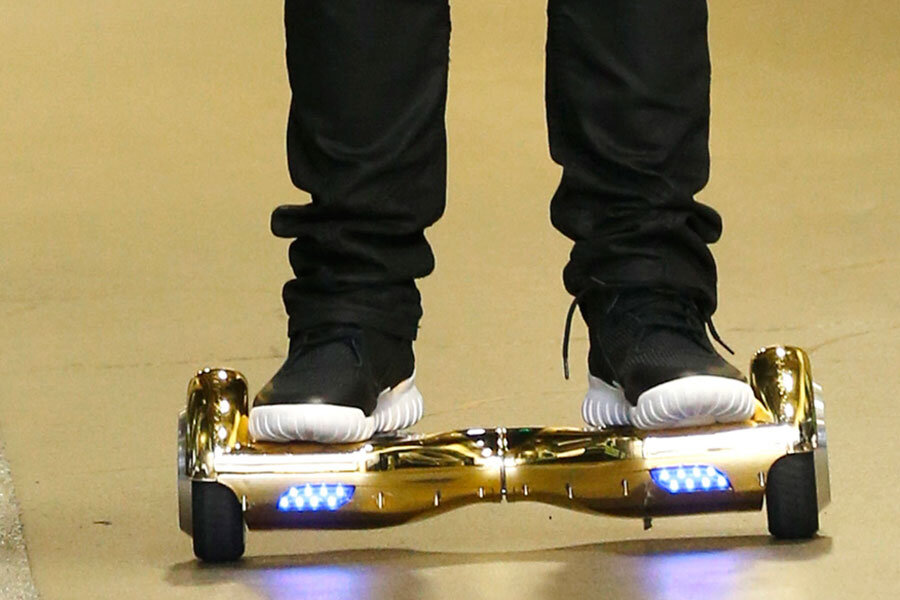Buyer beware: Fake 'hoverboards' make for cheap but dangerous gifts
Loading...
Considered to be one of the top gifts in the 2015 holiday season, British officials are warning consumers about a number of "hoverboards" that are inexpensive yet dangerous.
Officers have examined more than 17,000 self-balancing scooters since Oct. 15 at a number of British ports, and more than 15,000 of these (or 88 percent) are deemed dangerous to users, Engadget reports. There have been several fire-related incidents, after the hoverboards' battery cutoff function failed, causing the product to overheat.
“Criminals and irresponsible manufacturers will often exploit high demand and attempt to flood the market with cheap and dangerous products,” Leon Livermore, chief executive of the Charted Trading Standards Institute (CTSI) said in a release from British consumer watchdog National Trading Standards . “Consumers should not let a new fashion or craze cloud their judgment and remain vigilant at all times, to avoid taking home an unsafe product.”
Consumers should stay especially vigilant during the holidays, experts warn.
“At this time of year, consumers are under pressure to get the best presents for their loved ones, however it is important that their safety is put above all else,” Consumer Minister Nick Boles said in the National Trading Standards statement.
NetNames, an agency that defends corporate reputations by fighting counterfeit products, has found that 99 percent of the listings on online marketplaces for the popular IO Hawk hoverboard, actually a wheeled, self-balancing scooter, are fake, The Telegraph reports.
And with the rise of the online marketplace, counterfeit goods have flourished. According to the World Customs Organization, counterfeit goods account for almost 10 percent of worldwide trade and $500 billion in annual sales.
“It’s hard enough to detect counterfeit goods in the physical world,” Jeff Hardy, director of Business Action to Stop Counterfeiting and Piracy at the International Chamber of Commerce, told Market Watch.
And the online marketplace only makes it more difficult for consumers to differentiate between the real and the counterfeit. “There are hundreds of thousands of rogue sites out there,” said Mr. Hardy.
“Counterfeiters have exploited the growing trend of consumers purchasing gifts online by taking advantage of genuine brands and infringing their trademarks, packaging and products,” NetNames’ Gary Mcllraith told the Telegraph.
If you are buying a hoverboard for a loved one this holiday season, the UK National Trading Standards suggests a few tips to ensure a safe purchase: such as researching the company before pressing the "buy" button, and being extra cautious of surprisingly low prices. Regardless of where consumers purchase the hoverboards, they are encouraged to not leave the device charging unattended.








